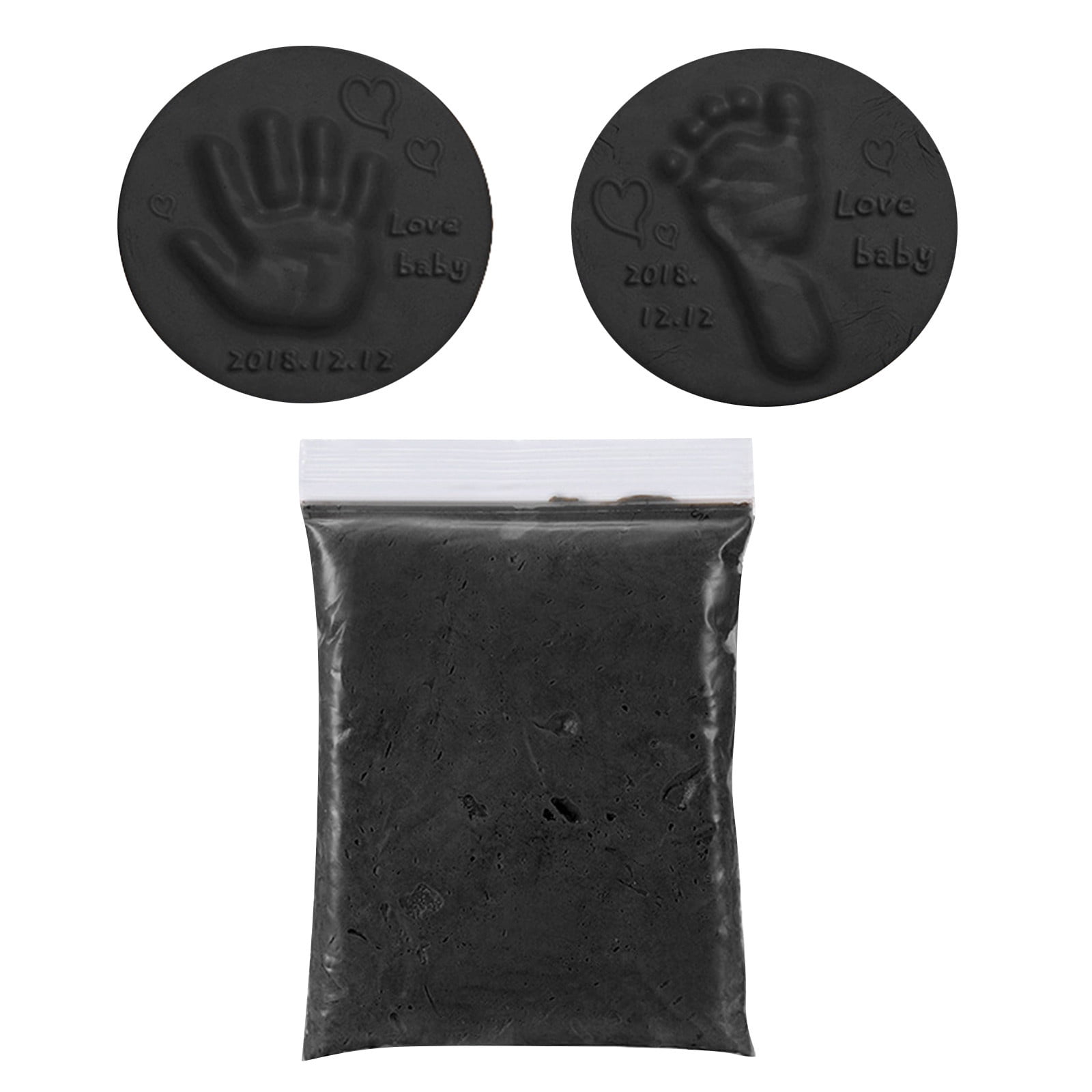For girls, one fingerprint can be a powerful tool in today's digital world. Whether it's for securing personal data, accessing devices, or ensuring safety, fingerprint technology has become a cornerstone of modern security systems. This guide will explore the significance of fingerprint technology for girls, offering insights into its applications, benefits, and the broader implications it holds for personal empowerment. With advancements in biometric technology, understanding how to use fingerprint systems effectively is more important than ever.
In a world where digital privacy and security are increasingly under threat, the role of biometric data like fingerprints cannot be overstated. For girls, who often face unique challenges in terms of safety and access to resources, fingerprint technology offers a simple yet effective solution. It ensures that personal information remains secure and that access to essential tools—like smartphones, bank accounts, or even school systems—is protected. This article delves into the multifaceted role of fingerprint technology, providing actionable advice and insights tailored specifically for girls.
From securing online accounts to enabling access to educational resources, fingerprint technology is reshaping how girls interact with the digital world. It also plays a crucial role in promoting independence and confidence. By understanding how to use this technology responsibly, girls can take control of their digital lives and protect themselves from potential threats. In the following sections, we will explore the science behind fingerprint technology, its practical applications, and how it can be used to empower girls in various aspects of life.
- Exploring The Allure Of Ullu Actresses Names A Comprehensive Guide
- Exploring The Depths Of Capricorn And Cancer Compatibility A Comprehensive Guide
Table of Contents
- Biography of Fingerprint Technology
- The Science Behind Fingerprint Technology
- Practical Applications for Girls
- Key Benefits of Fingerprint Technology
- Challenges and Considerations
- Empowerment Through Biometrics
- Enhancing Safety and Security
- The Future of Fingerprint Technology
- Statistics and Data
- Conclusion and Call to Action
Biography of Fingerprint Technology
Fingerprint technology has a rich history that dates back centuries. The concept of using fingerprints as a unique identifier was first explored in ancient civilizations, but it wasn't until the late 19th century that it gained scientific recognition. Sir Francis Galton, a British scientist, was one of the pioneers in fingerprint analysis, laying the groundwork for modern biometric systems. Over the years, advancements in technology have transformed fingerprinting from a forensic tool into a widely accessible security feature.
To better understand the evolution of fingerprint technology, here is a brief overview of its key milestones:
| Year | Development | Impact |
|---|---|---|
| 1892 | Sir Francis Galton publishes his work on fingerprint identification. | Laid the foundation for fingerprint science. |
| 1969 | First automated fingerprint identification system (AFIS) developed. | Revolutionized law enforcement and security. |
| 2013 | Apple introduces Touch ID on the iPhone 5S. | Popularized fingerprint technology for consumer use. |
The Science Behind Fingerprint Technology
Fingerprint technology is based on the unique patterns found on the surface of human fingers. These patterns, which include ridges, loops, and whorls, are formed during fetal development and remain unchanged throughout a person's life. The uniqueness of fingerprints makes them an ideal biometric identifier, as no two individuals—even identical twins—share the same pattern.
- Jamie Luner Unveiling The Multifaceted Persona And Her Impact
- Unveiling The Jackerman Phenomenon A Comprehensive Dive
How Fingerprint Scanners Work
There are several types of fingerprint scanners, each using different methods to capture and analyze fingerprint data:
- Optical Scanners: Use light sensors to capture an image of the fingerprint.
- Capacitive Scanners: Measure electrical signals created by the ridges and valleys of the fingerprint.
- Ultrasonic Scanners: Use sound waves to create a detailed 3D map of the fingerprint.
Once the fingerprint data is captured, it is converted into a digital template and stored securely. This template is then used to verify the user's identity during authentication processes.
Practical Applications for Girls
Fingerprint technology has numerous applications that are particularly beneficial for girls. Here are some of the most impactful uses:
1. Securing Personal Devices
Smartphones, tablets, and laptops often come equipped with fingerprint scanners. By enabling fingerprint authentication, girls can ensure that their personal data—such as photos, messages, and apps—remains secure from unauthorized access.
2. Accessing Educational Resources
In schools and universities, fingerprint systems are increasingly being used to streamline access to libraries, labs, and other facilities. This not only enhances convenience but also ensures that resources are used responsibly.
3. Financial Transactions
Fingerprint authentication is now commonly used for banking and payment apps. This eliminates the need to remember complex passwords and reduces the risk of fraud.
Key Benefits of Fingerprint Technology
Fingerprint technology offers several advantages that make it an ideal choice for girls seeking to enhance their security and independence:
- Convenience: No need to remember passwords or carry physical keys.
- Security: Fingerprint data is unique and difficult to replicate.
- Speed: Authentication is fast and seamless.
- Privacy: Ensures that personal information remains confidential.
Challenges and Considerations
While fingerprint technology offers numerous benefits, there are also challenges to consider:
1. Privacy Concerns
The collection and storage of biometric data raise questions about privacy and data protection. It's essential to ensure that fingerprint data is stored securely and used responsibly.
2. Accessibility
Not all devices or systems are equipped with fingerprint scanners, which can limit accessibility for some users.
3. False Positives and Negatives
Occasionally, fingerprint systems may fail to recognize legitimate users or incorrectly authenticate unauthorized individuals. This highlights the importance of using high-quality scanners and backup authentication methods.
Empowerment Through Biometrics
Fingerprint technology is more than just a security tool—it's a means of empowerment. By giving girls control over their digital identities, it fosters independence and confidence. Whether it's accessing educational resources, securing personal data, or managing finances, fingerprint technology enables girls to take charge of their lives in meaningful ways.
Enhancing Safety and Security
One of the most significant advantages of fingerprint technology is its ability to enhance safety. For girls, who may face unique risks in both physical and digital spaces, fingerprint authentication provides an additional layer of protection. By ensuring that only authorized individuals can access personal devices or accounts, it reduces the likelihood of identity theft, cyberbullying, and other threats.
The Future of Fingerprint Technology
The future of fingerprint technology is bright, with ongoing advancements promising even greater accuracy and accessibility. Innovations such as multi-factor authentication, which combines fingerprint data with other biometric identifiers like facial recognition, are set to revolutionize the field. Additionally, the integration of artificial intelligence and machine learning is expected to enhance the reliability and efficiency of fingerprint systems.
Statistics and Data
Here are some key statistics that highlight the growing importance of fingerprint technology:
- According to a report by MarketsandMarkets, the global biometrics market is projected to reach $59.31 billion by 2025.
- A survey by Statista found that 70% of smartphone users prefer biometric authentication over traditional passwords.
- In a study conducted by the National Institute of Standards and Technology (NIST), fingerprint recognition systems achieved an accuracy rate of over 99%.
Conclusion and Call to Action
Fingerprint technology is a powerful tool that offers girls unparalleled security, convenience, and empowerment. By understanding how to use this technology effectively, girls can protect their digital identities, access essential resources, and take control of their lives. As fingerprint systems continue to evolve, their potential to transform lives will only grow.
We encourage you to share your thoughts and experiences with fingerprint technology in the comments below. Have you used fingerprint authentication to enhance your security? How has it impacted your daily life? Additionally, feel free to explore other articles on our site to learn more about digital safety and empowerment.
- Unlock Entertainment Your Ultimate Guide To Ullu Download
- Discover The Ultimate Living Experience With Ullu Home

